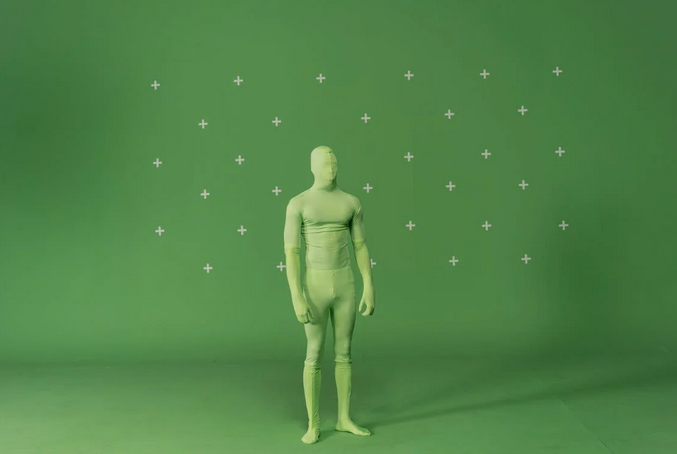In the dazzling world of cinema, where imagination knows no bounds, a revolution is silently unfolding behind the scenes. Gone are the days when filmmakers relied solely on traditional methods; today’s directors and producers wield an arsenal of cutting-edge technology that transforms their visions into cinematic masterpieces. From AI-driven script analysis to virtual reality storyboarding, modern filmmaking is more than just artistry—it’s a high-tech adventure. Join us as we dive deep into the tools and innovations that are reshaping how stories are told and redefining what it means to be a filmmaker in this digital age.
AI in Filmmaking
Artificial intelligence (AI) has dramatically impacted many industries, and film is no exception. One of the most exciting uses of AI in filmmaking is in the realm of editing. Traditionally, editing a film took hours of manual labor, but AI-powered tools can streamline the process, automatically sorting through footage and identifying the best takes. AI can even suggest edits based on the style or pacing of the film, saving filmmakers a lot of time and effort.
But it doesn’t stop there—AI is also being used for scriptwriting. Machine learning algorithms can analyze successful scripts and generate new, unique ideas or help with dialogue, structure, and plot points. This helps screenwriters refine their ideas or spark new creative concepts. AI-powered facial recognition is another innovation used to map actors’ faces and create digital versions, enabling filmmakers to do things like de-age actors or create realistic CGI characters without extensive reshoots.
Virtual Reality
Virtual reality (VR) is another game-changing technology making waves in the film industry. While VR has traditionally been associated with gaming, it’s quickly becoming a tool for filmmakers to create more immersive and interactive experiences. With VR, filmmakers can transport viewers into the world of the movie, allowing them to experience scenes from a first-person perspective. This opens up new possibilities for storytelling, especially for genres like horror or adventure, where immersion can enhance the emotional impact.
In addition to storytelling, VR is also being used in pre-visualization (previs) for films. Before shooting, directors and cinematographers can use VR to explore how a scene might look in 3D, helping them plan camera angles, lighting, and set design with incredible accuracy. It’s a tool that’s making the entire filmmaking process more efficient and creative.
CGI and VFX

Computer-generated imagery (CGI) and visual effects (VFX) have been staples of the film industry for decades, but recent advances in these technologies are making the impossible possible. From creating realistic explosions and superhuman feats to bringing entire worlds to life, CGI and VFX allow filmmakers to push the boundaries of what can be shown on screen.
New motion capture technology allows actors’ performances to be replicated digitally, giving filmmakers the ability to create entire characters, such as the famous Gollum from The Lord of the Rings, using nothing more than the actor’s movements and voice. The texas chainsaw massacre (2003 full movie) is an example of how CGI and VFX can be used to create realistic, gruesome effects that would be too dangerous or impractical to achieve in real life.
Cloud-Based Filmmaking
Cloud-based tools are making it easier than ever for filmmakers to collaborate, even if they’re miles apart. With cloud platforms, editors, sound designers, visual effects artists, and other production team members can work on the same project simultaneously, no matter where they are. This technology is especially beneficial for independent filmmakers or teams working on tight budgets, as it reduces the need for expensive physical studios and equipment.
Cloud-based tools also make storing and accessing massive amounts of footage easier, streamlining the editing process. Filmmakers can share rough cuts with producers, test audiences, or collaborators for feedback without worrying about sending large files through email or physical storage devices. This has sped up workflows and made filmmaking more flexible and efficient.
AI and Data Analytics in Film Marketing
Once the film is finished, marketing it to the right audience becomes a key focus. AI and data analytics are revolutionizing film marketing by allowing studios to target the right demographics precisely. Through data mining, studios can predict audience preferences and tailor marketing campaigns that resonate with potential viewers. AI is also being used to create personalized content like trailers or promotional material, which is more likely to engage specific groups of moviegoers.
For example, AI can analyze social media posts, reviews, and online behavior to determine the best times to release trailers or ads, ensuring that the content reaches viewers when they’re most likely to respond. Using data to guide these decisions, filmmakers can optimize their marketing efforts and increase their chances of success at the box office.

